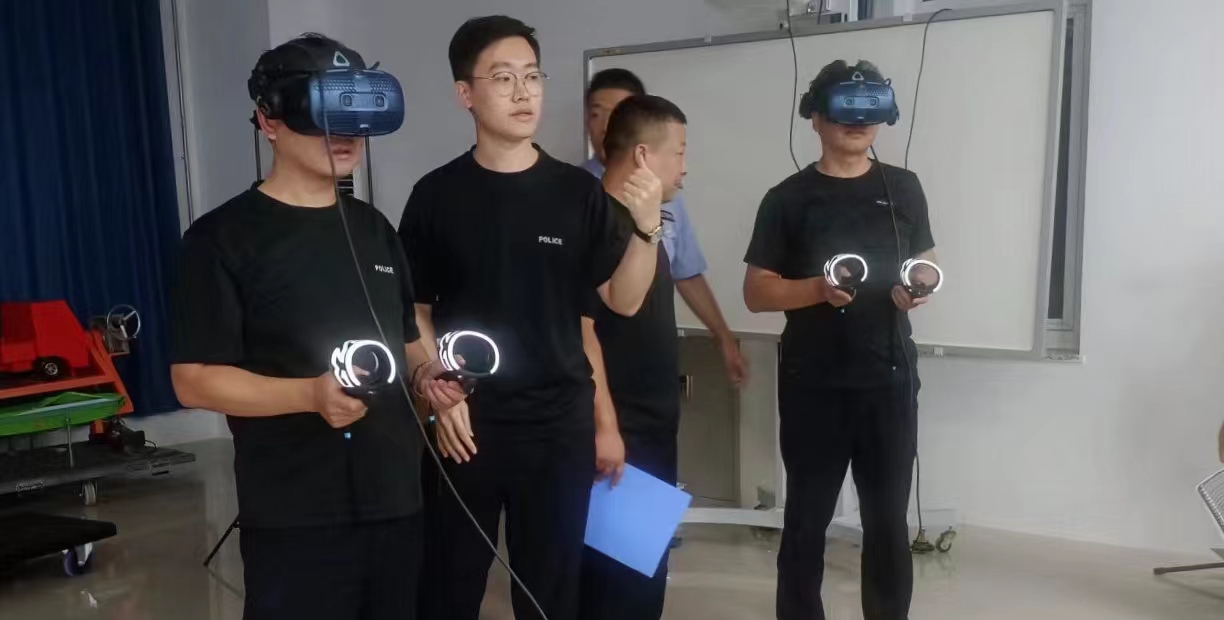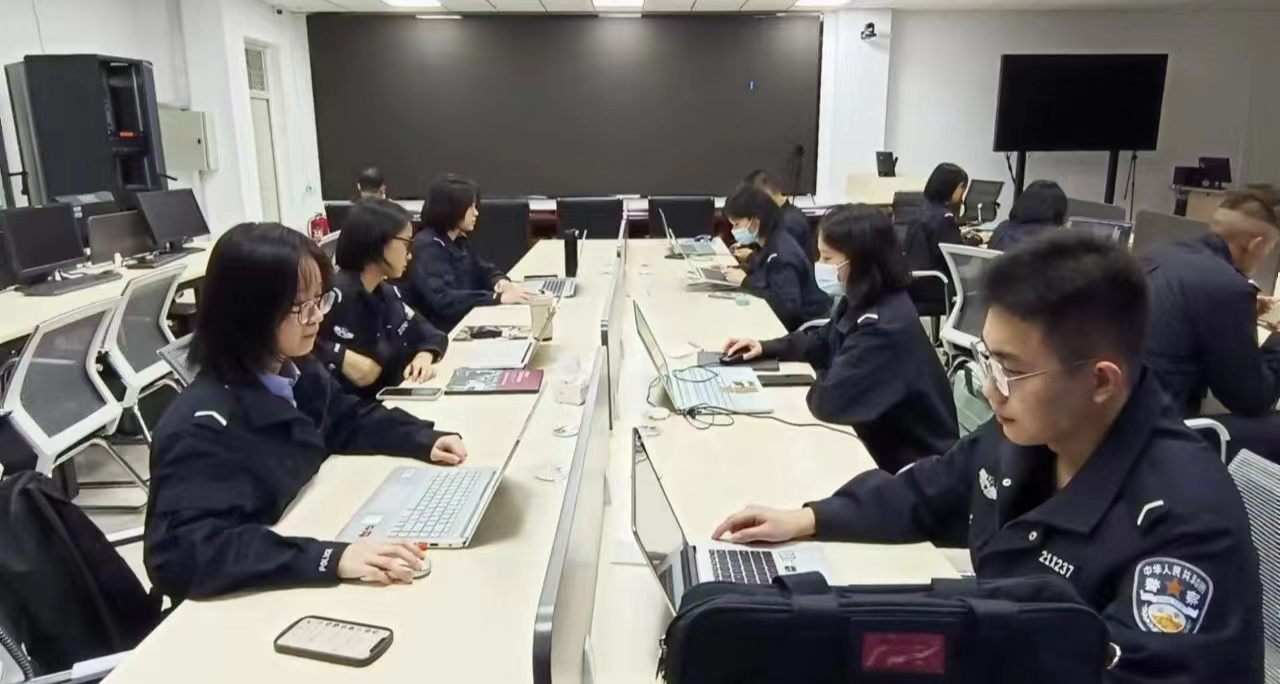This research leverages the content analysis-based review method
[28]. This method has been a well-recognized method for reviewing
and synthesizing literature and rationalizing outcomes, and been
widely applied in the researchfifield of engineering/construction man
agement[29,30]. Scopus and ISI Web of Science, the abstract and ci
tation database of peer-reviewed literature, were used to select a
number offifirst-tier articles that are related to VR/AR-CS, from the
authoritative and well-acknowledged scholarly journals in selected
areas such as engineering/construction management, science, and
technology, safety, human factors, etc. The selection criteria are as
(1) The selected journals should be retrieved from the Science Citation
Index (SCI)-Expanded database or Engineering Index (EI)
Compendex database because they have indexed more than 6500
notable and signifificant journals from more than 150 disciplines.
(2) The selected journals should have signifificant impacts on the tar
geted areas, which could be reflflected from the indexes of citations
or H-index. Book reviews, editorials, and paper in conference pro
ceedings were eliminated. This is to ensure that all retrieved papers
could be investigated using an identical analytical construct in
terms of research aims and methodologies.
To achieve a target and structured review towards the literature
(from 2000 to 2017), a two-stage review method is presented. In stage
1, an exhaustive search was carried out using the Scopus, Google
Fig. 3.Offff-the-shelf VR/AR Systems and Technology Providers.
Fig. 4.VR/AR Hardware and Software Diagram.
Automation in Construction 86 (2018) 150–162
152Scholar and Web of Science search engines. Several keywords such as
VR, AR, mixed reality, virtual prototyping, gaming technology, im
mersive, interactive, construction, safety, etc. were attempted so that
the search could cover a broad range of related disciplines. This round
of search identifified 246 most related articles from the below-listed
Automation in Construction (AIC),
Journal of Computing in Civil Engineering (JCCE),
Advanced Engineering Informatics (AEI),
Construction Management and Economics (CME),
Journal of Construction Engineering and Management (JCEM),
Accident Analysis and Prevention (AA&P)
Journal of Information Technology in Construction (ITCon)
Publications which do not comprise the above-mentioned keywords
in their titles or abstracts were screened out in stage 2, and the less
relevant and irrelevant papers after a brief visual examination of the
content of the article, leaving a total of 90 publications for further
analysis. The two-stage search may not guarantee a comprehensive
coverage of the papers that are worth reviewing. However, such an
approach suffiffiffices for providing with a considerable amount of sig
nifificant state-of-the-art works, from which the study could generalize
fifindings and recommend future works.
4. Justifification of publication quantity and contribution
Since the emergence of thefifirst VR/AR-CS publication in 2000, the
number of yearly publications remained at around 1.5 and was not
observed a noticeable increase until 2008. From 2008, a signifificant
increase of publications was witnessed, featuring an average amount of
8 papers per year till 2017 (Fig. 5). Among these journals, three con
struction-technology-themed journals (namely, AIC, JCCE and ITCon)
are observed the highest amounts of publications, i.e., 30 for AIC, 12 for
JCCE, 8 for ITCon, 7 for JCEM, 7 for AEI, 5 for ITCon, 3 for SS and 3 for
EG. The number of VR/AR-CS papers published in AIC was thereto
considerably greater than any other selected journals, resulting in the
most contributions of this specifific journal to VR/AR-CS studies.
The difffference of publication quantities among various countries
may imply the extent to which research commitment and value are
observed in these countries. The countries of origin of VR/AR-CS
publication as shown inFig.6are listed alongside the factors of pub
lication quantity. American authors and research institutions leading
the papers contributed 30 papers and thereby scored the highest. A
reasonable justifification would be U.S. has been leading the research
and technology advancement in visualization and informatics for years.
Behind the US, China takes up the second position, leading the rest of
the second-most productive countries/regions such as Australia, Re
public of Korea, and Taiwan. As the total amount of VR/AR-CS papers
from thesefifive key contributors account for 80% of the total publica
tion scale (72 of 90), the contributions to VR/AR-CS research are
thereby perceived as more signifificant than the remaining contributors.
The development of VR/AR-CS research also indicates that the degree
of attention to construction productivity, safety, technological innova
tions and reforms within these countries.
5. Implementation of critical review
As the review deals with numerous papers, it is important for the
methodology to be predicated upon a rational taxonomy that can help
direct the review focus and elicit the valuablefifindings into the area of
research. This paper presents a review taxonomy consolidated by four
specififications, namely, VR/AR technology characteristics incorporating
input and output; VR/AR application domains in safety management;
safety enhancement mechanisms; and safety assessment and evaluation
(Fig.7). Designing proper VR/AR technologies for safety enhancement
is not easy, and always involves a number of technology trade-offffs. It's a
fifine balancing act. A more immersive user experience requires more
interactive human-machine interfacing, necessitating the use of more
advanced hard and software with more powerful algorithms working at
a higher load. A glimpse of VR/AR technology characteristics could
understand the opportunities and challenges that the offff-the-shelf VR/
AR applications still need to catch up or stand a chance of overcoming.
By looking into the VR/AR application aspects and safety enhancement
mechanisms, we could understand how effffectively the reviewed ap
plications could improve the safety outcomes of real construction pro
jects, and how effffectively the VR/AR experiences could enable users to
visualize and recognize complex workplace situations, from which the
knowledge of procedures and skills could be built up, and tasks in a safe
and forgiving environment be carried out. Safety enhancement me
chanisms, when addressed from the perspectives of ergonomics, psy
chology, educational pedagogy, human perception, and cognition, may
elicit knowledge about how VR/AR-based safety training programs can
offffer a more pertinent working environment where users can effffectively
rehearse hazardous factors and ultimately promote the abilities for
hazard cognition and prevention. The analysis of a broad spectrum of
evaluation methods allows us to extract generalfifindings from the re
view work, which in turn could be applied to refifine the existing sys
tems, design new systems, and generate guidelines for formulating the
best safety enhancement paradigms.
轉載自journal homepage:www.elsevier.com/locate/autcon


